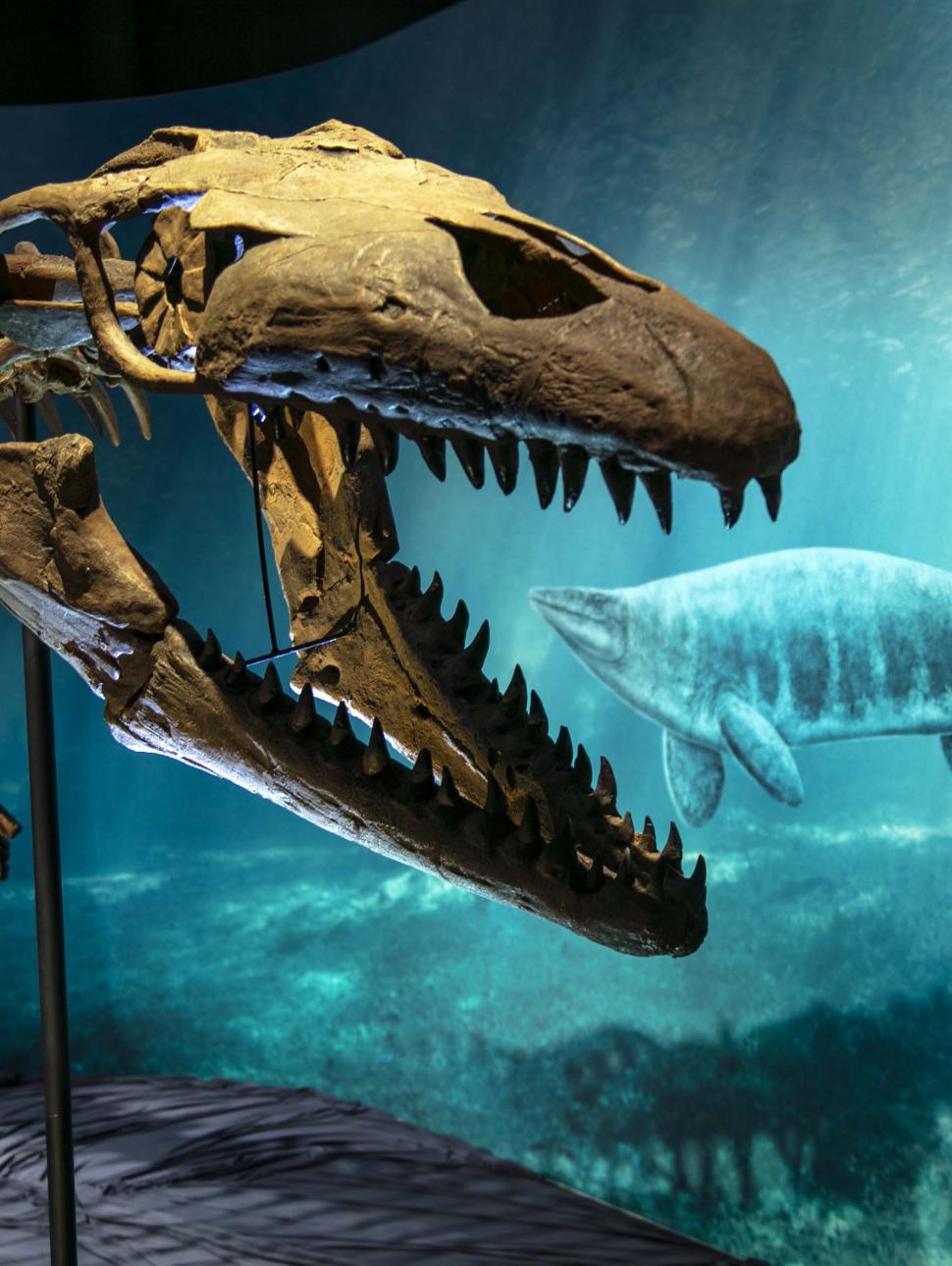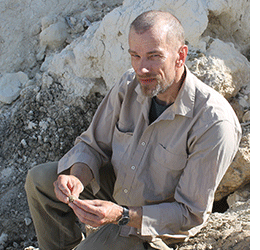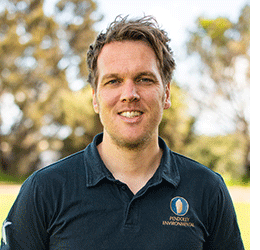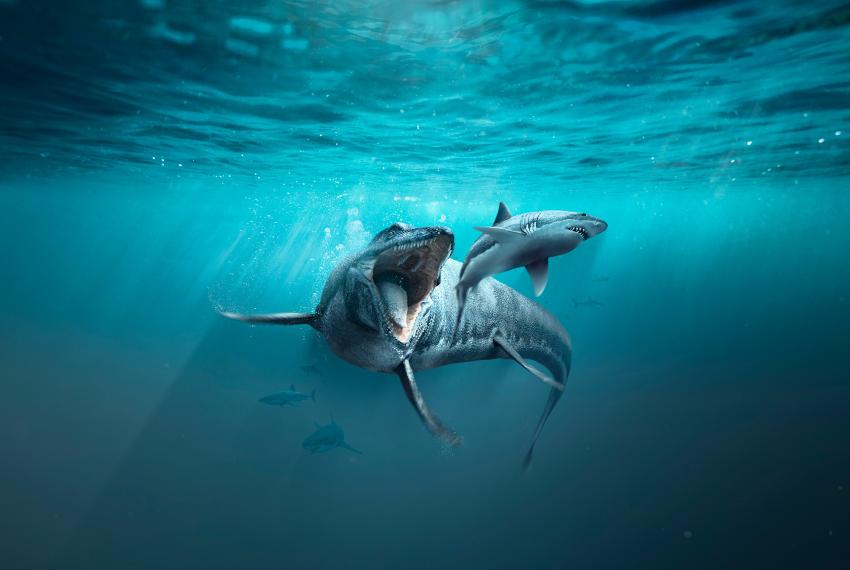
Sunday Seminars: Sea Monsters and beyond
Dates
Sunday 7 May | 2pm – 3pm
Sunday 4 June | 2pm – 3pm
Sunday 11 June | 2pm – 3pm
Sunday 9 July | 2pm – 3pm
Included with General Admission | Bookings required
Ages
Suitable for ages 10+
Duration
1 hour
Site access information
WA Maritime Museum is mostly accessible, excluding tours aboard the HMAS Ovens. Call 1300 134 081 for assistance. More about accessibility and amenities >
Join us for a program of Sunday Seminars featuring some of the big stories revealed by the Sea Monsters: Prehistoric Marine Predators exhibition.
Explore the world of the massive marine predators of the ancient seas. Learn how modern science understands these links to the past with a series of guest speakers.
Uncover the story of the key prehistoric mega-predators of the ancient seas and how they illuminate the long story of evolution.
What opportunities and challenges faced air-breathing marine reptiles that evolved to massive size such as ichthyosaurs, plesiosaurs, and mosasaurs?
How much do we know about the environmental pressures, threats and events that prompted extinction for these and other massive marine megafauna?
Our expert speakers will chart the fortunes of these ancient ‘sea monsters’ and take you on an undersea journey into the ‘big’ science of predators and their role in the big story of evolution.
Seminar sessions
Awe and wonder: Connecting the prehistoric with present day sea turtle conservation
Presenter: Dr Paul Whittock
Awe-inspiring evidence of prehistoric times can rekindle our connection with extinct animals. This talk will describe the similarities between extinct and present-day sea turtle species and conservation efforts for their ongoing survival.
Evidence of the prehistoric can elicit a positive sense of awe and wonder and rekindle our connection to the now-extinct animals of the past. In this talk, I aim to demonstrate the similarities between the ecology and life history traits of prehistoric sea turtles with populations of present-day sea turtle species. A sense of awe and wonder continues to inspire passionate researchers and wildlife advocates in their mission to learn more about living turtle species and protect sea turtle populations from extinction.
Join Dr Paul Whittock to learn more about the similarities between prehistoric and present-day sea turtle species, and explore the ongoing sea turtle research and conservation efforts that aim to ensure their future survival.
Plesiosaurs: ancient polar sea monsters from Australia's Age of Dinosaurs
Presenter: Dr Benjamin Kear
This lecture explores Australia’s unique record of fossil marine reptiles to reveal ancient polar ecosystems and the latest scientific research on environment-driven biodiversity change through deep time.
Plesiosaurs are iconic marine reptiles from the Age of Dinosaurs. They feature in the public imagination everywhere from kid’s books to movies and the legend of the Loch Ness Monster. However, the real story of plesiosaur evolution is no less interesting, and can even be used to reconstruct the impacts of large-scale environmental change on biodiversity through deep time.
Join Dr Benjamin Kear from Uppsala University in Sweden, a leading authority on fossil marine reptiles, as he digs into Australia's unique plesiosaur fossil record to reveal ancient polar ecosystems and the latest scientific discoveries shedding light on lost worlds.
From mosasaurs to megalodon: the rise of a prehistoric superpredator
Presenter: Dr Mikael Siversson
A 20-metre-long shark with the most destructive bite in the Animal Kingdom - when Nature went all in.
The extinction of mosasaurs at the end of the Cretaceous period paved the way for the rise of a lineage of superpredatory sharks of unimaginable size and ferocity.
The mighty mosasaurs ruled the oceans for 20 million years until a colossal meteor brought the Cretaceous period to an abrupt end. In the aftermath of the destruction caused by the impact, a new line of predatory sharks emerged. They quickly filled the vacant niche of marine apex predator left behind by the extinct mosasaurs.
Over the next 62 million years Carcharocles megalodon lineage went through a series of evolutionary changes, ultimately transforming them into 20-metre-long, immensely powerful marine predators. Their thickset, serrated teeth and enormous size enabled them to subdue very large prey. This massive size was an advantage until it wasn’t: ultimately their size and reliance on a year-round abundance of large marine mammals to sustain their bulk left them vulnerable to extinction. They disappear from the fossil record about 3.6 million years ago.
Join an international specialist on Carcharocles megalodon, WA Museum’s own Dr Mikael Siversson for an illuminating look at and its role as the ultimate prehistoric marine superpredator.
When giant reptiles ruled the oceans: discovery, excavation and preparation of marine reptiles from Cretaceous rocks in Western Australia
Presenter: Dr Mikael Siversson
Giant marine reptiles were once top predators in a shallow sea that covered parts of WA. Their bones lie exposed in gullies in remote parts of the Gascoyne and Mid-West.
Marine reptiles ruled the oceans almost continuously during the Mesozoic Era, from 250-66 million years ago. Their fossilised remains have been found on all continents.
Western Australia has a rich prehistoric record of marine reptiles, particularly ichthyosaurs and plesiosaurs in mid-Cretaceous rocks. Turtles and mosasaurs were less common, but their remains have been found in somewhat younger geological formations laid down towards the end of the Cretaceous Period. Plesiosaur fossils are particularly diverse in Western Australia and represented by isolated bones and partial skeletons of medium- to large-sized long-necked elasmosaurs, small-sized leptocleidids and giant pliosaurs. The WA museum’s collection of Mesozoic marine reptiles has many ichthyosaur specimens and multiple partial skeletons have been found in recent times in remote areas of the Gascoyne and Mid West.
Take a journey into the Cretaceous waters of WA’s prehistoric past, as Dr Mikael Siversson showcases some of the amazing fossil finds that continue to be revealed through the WA Museum’s research.
Seminar presenters
 Dr Mikael Siversson works as the Head of Department, Earth and Planetary Sciences at the WA Museum. He manages the Museum’s palaeontology collection, which comprises approximately 1,500,000 specimens of vertebrate and invertebrate body fossils, plant fossils, microbialites and trace fossils. His specialist research area is in fossil sharks and rays, with a focus on Australian mid-Cretaceous and Miocene fauna; as well as Cretaceous dinosaurs and marine reptiles from Australia and northern Europe. He has published many peer-researched papers and contributions to the field of palaeontology, and has consulted on several exhibitions of prehistoric dinosaurs and marine reptiles including WA Museum’s highly successful Dinosaur Discovery: Lost Creatures of the Cretaceous exhibition which received over 170,000 visitors in its WA launch season in 2014 and has gone on to tour nationally.
Dr Mikael Siversson works as the Head of Department, Earth and Planetary Sciences at the WA Museum. He manages the Museum’s palaeontology collection, which comprises approximately 1,500,000 specimens of vertebrate and invertebrate body fossils, plant fossils, microbialites and trace fossils. His specialist research area is in fossil sharks and rays, with a focus on Australian mid-Cretaceous and Miocene fauna; as well as Cretaceous dinosaurs and marine reptiles from Australia and northern Europe. He has published many peer-researched papers and contributions to the field of palaeontology, and has consulted on several exhibitions of prehistoric dinosaurs and marine reptiles including WA Museum’s highly successful Dinosaur Discovery: Lost Creatures of the Cretaceous exhibition which received over 170,000 visitors in its WA launch season in 2014 and has gone on to tour nationally.
 Dr Paul Whittock was introduced to marine turtle conservation in 2002 during a volunteer placement in the Caribbean as part of his undergraduate studies. Following this experience, he went on to manage several marine turtle monitoring programs worldwide, completed a Masters degree from the University of Edinburgh in environmental management with a focus on climate change impacts on loggerhead sea turtles. Later Paul completed a PhD from James Cook University on flatback sea turtle ecology and their overlap with industry resource sector activities on the North West Shelf of Western Australia. Presently he manages the day to day running of Pendoley Environmental, who are a Perth-based marine biology consultancy that specialises in assessing and managing the impacts of coastal developments on marine turtles across Australia, the Middle East, and south-east Asia. Outside of his work, he continues to volunteer his time for the conservation of marine turtles, including participating as a member of the IUCN Marine Turtle Specialist Group and as the IT Director of the International Sea Turtle Society.
Dr Paul Whittock was introduced to marine turtle conservation in 2002 during a volunteer placement in the Caribbean as part of his undergraduate studies. Following this experience, he went on to manage several marine turtle monitoring programs worldwide, completed a Masters degree from the University of Edinburgh in environmental management with a focus on climate change impacts on loggerhead sea turtles. Later Paul completed a PhD from James Cook University on flatback sea turtle ecology and their overlap with industry resource sector activities on the North West Shelf of Western Australia. Presently he manages the day to day running of Pendoley Environmental, who are a Perth-based marine biology consultancy that specialises in assessing and managing the impacts of coastal developments on marine turtles across Australia, the Middle East, and south-east Asia. Outside of his work, he continues to volunteer his time for the conservation of marine turtles, including participating as a member of the IUCN Marine Turtle Specialist Group and as the IT Director of the International Sea Turtle Society.
 Dr Benjamin Kear is the Curator of Vertebrate Palaeontology and Researcher in Palaeontology at the Uppsala University Museum of Evolution in Sweden. He is a leading specialist on marine reptiles from the Age of Dinosaurs, but researches widely on ancient fishes to amphibians, turtles, dinosaurs and even modern mammal lineages. Dr Kear has authored more than 180 scientific papers, popular articles and books on these and other related topics. He has also pioneered field exploration for fossil marine reptiles in Australia over the last 20 years, and currently coordinates major programs in the Scandinavian Arctic and Middle East
Dr Benjamin Kear is the Curator of Vertebrate Palaeontology and Researcher in Palaeontology at the Uppsala University Museum of Evolution in Sweden. He is a leading specialist on marine reptiles from the Age of Dinosaurs, but researches widely on ancient fishes to amphibians, turtles, dinosaurs and even modern mammal lineages. Dr Kear has authored more than 180 scientific papers, popular articles and books on these and other related topics. He has also pioneered field exploration for fossil marine reptiles in Australia over the last 20 years, and currently coordinates major programs in the Scandinavian Arctic and Middle East
